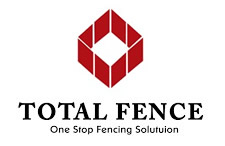Wall Spikes
-
- Wall Spikes, also known as anti-climb spikes or wall toppings, are security devices designed to deter unauthorized climbing or access to walls, fences, and other structures.
- They typically consist of pointed spikes or strips that create an effective physical barrier.
Features:
Applications:
Variants with Technical Specifications:
Stainless Steel Wall Spikes
-
- Material: High-quality stainless steel for durability.
- Spike Length: Varies, commonly ranging from 4 to 8 inches.
- Installation: Easily affixed to surfaces using screws or adhesive.
Plastic Wall Spikes
-
- Material: UV-resistant and weatherproof plastic.
- Spike Length: Similar to stainless steel, commonly ranging from 4 to 8 inches.
- Color Options: Various colors for customization.
Frequently Asked Questions (FAQs):
Are Wall Spikes safe for pets and wildlife?
Wall Spikes are designed to be a deterrent for climbing and are generally safe, but caution should be exercised in areas accessible to pets and wildlife.
Can Wall Spikes be installed on curved surfaces?
Some designs are flexible and can be adapted to curved surfaces.
Are Wall Spikes legal?
In many places, Wall Spikes are legal for use on private property as a security.
